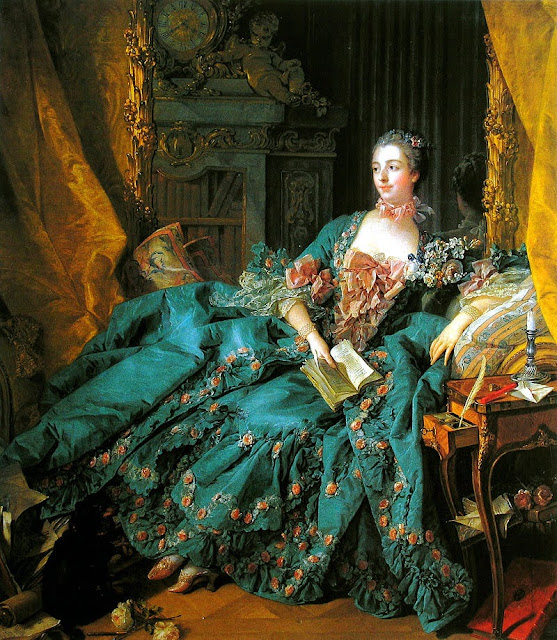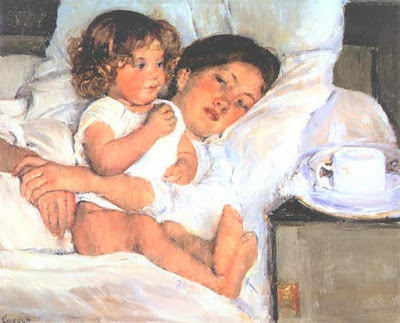Emile Bernard, "Boy Sitting in the Grass"

For my last painting of 2020, I have selected Emile Bernard's work of 1886 titled, Boy Sitting in the Grass. Although it is the queerest of pictures, I do like the thought of putting our backs to the past and looking forward into the sunshine, which I believe this young man is doing. Bernard (1868-1941) was considered a post-impressionist in his younger, prime painting years, between 1886 - 1897. He was associated with Vincent Van Gogh and Paul Gauguin, sharing their paintings and their multiple views on art. Near the end of the nineteenth century Bernard began a series of travels eventually resulting in a change of direction for his art, which history has recorded as not as successful as the early years. From 1904 till his death in 1941 he taught at the Ecole des Beaux-Arts in Paris. The first reproduction of this painting that I saw, the picture was cropped just above the head, making the image a square....
































